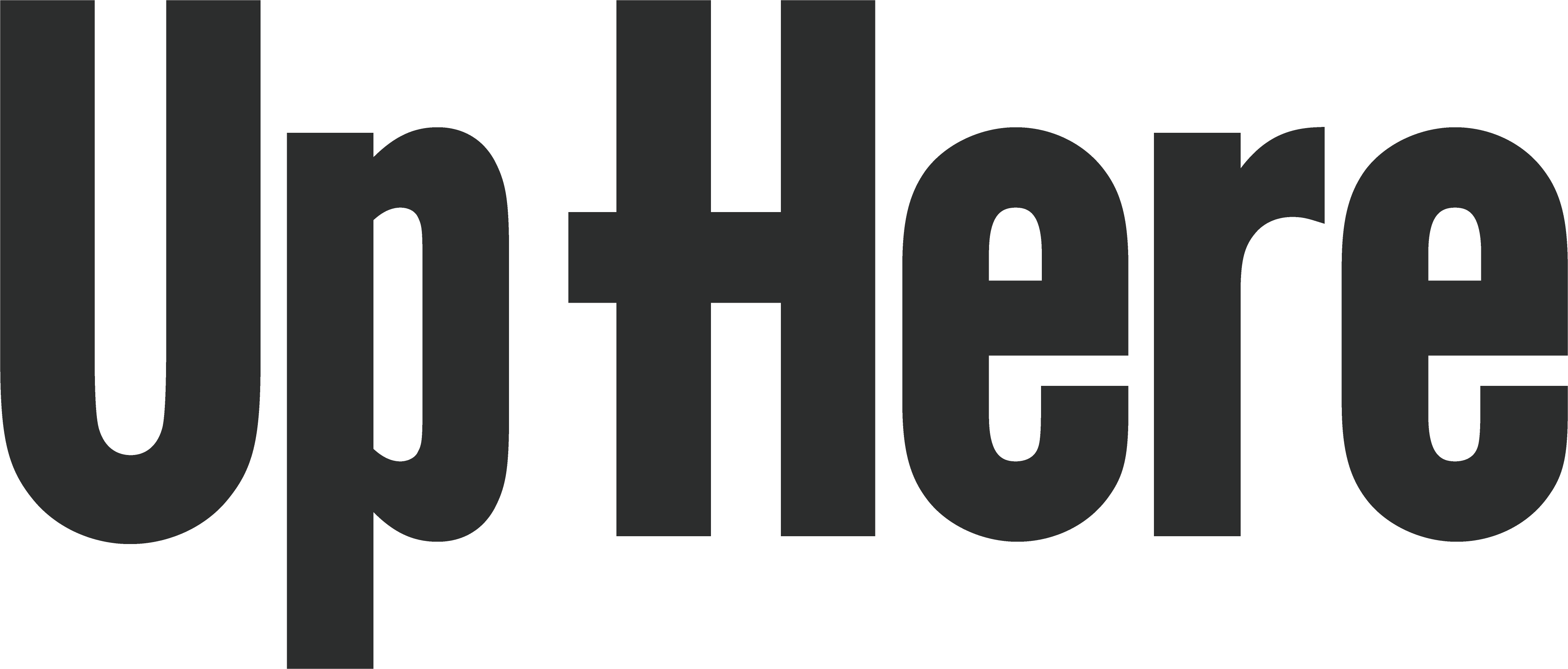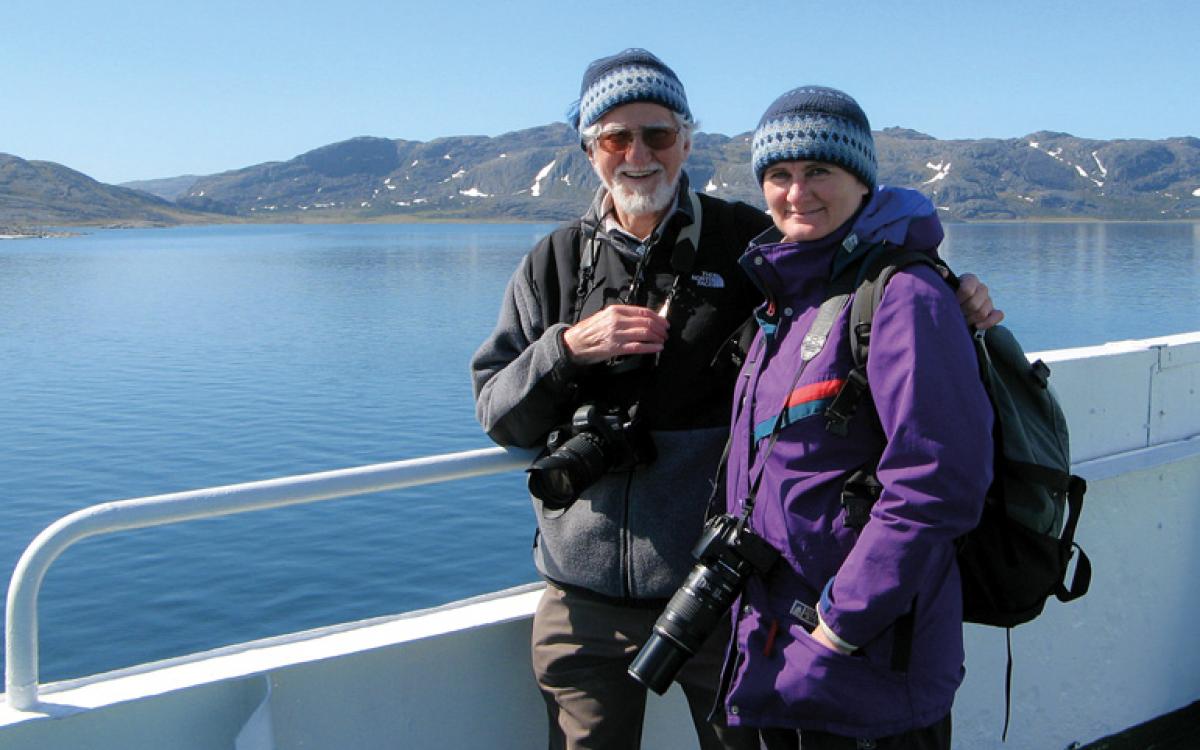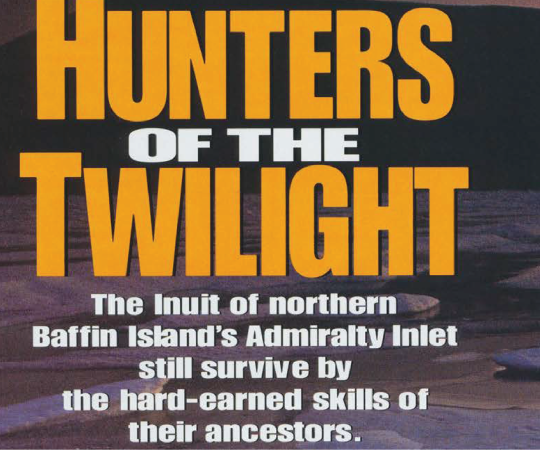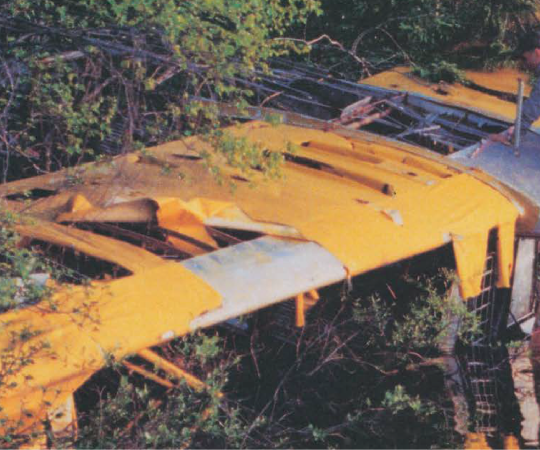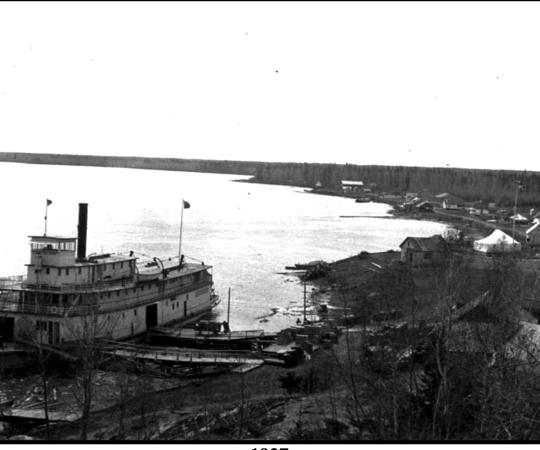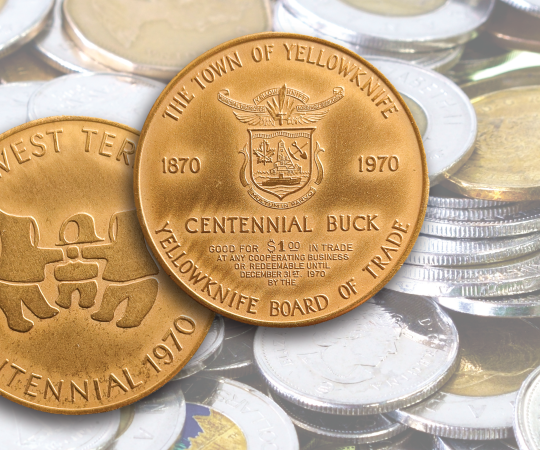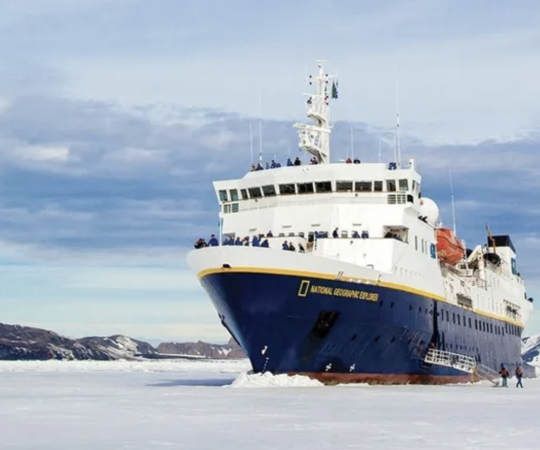“I do not long for earthly possessions, but this is what I long for: to see my relatives again, who are over there, to talk to them of the name of God for as long as I live.” These are some of the last recorded words from Abraham Ulrikab, in a January 8, 1881 letter from Paris, sent five days before his death. His wish, to return home to Labrador, would not come true.
Abraham was part of a human zoo exhibit—or “ethnographic show”—that travelled through Europe in the late 1800s. Following the successes of a Greenland Inuit exhibition in Europe in 1877, a German businessman assigned a young Norwegian, Johan Adrian Jacobson, to traverse the Atlantic and bring over another group of Inuit. Jacobson landed in Hebron, Labrador, where English-speaking Abraham consented to the trip as a means of paying off debts owed to the Moravian church. Another family, from nearby Nachvak, agreed to go too.
Abraham and company performed for thousands in Hamburg, Frankfurt, Berlin and Paris. In Prague, a seal was brought from Holland and released in a pond. When Abraham harpooned it during a mock hunt, “everybody clapped their hands greatly like the eider ducks,” he wrote in his diary.
But the group was not vaccinated against smallpox and by the time Abraham wrote his Paris letter, he’d seen his youngest daughter, Sara, die. The disease was now ravaging the rest of the group, their eyelids and lips badly swollen, their urine bloody. The father of the Nachvak family, Tigianniak, a man once feared for his ability to conjure up storms, now asked for a rope to strangle himself with and end his suffering. By January 16, the entire group had died. And that’s where their story ended.
Or it did, until writer and researcher France Rivet was on a cruise ship touring the Labrador Coast in 2009 and saw another passenger wearing a Pang hat just like hers. She struck up a conversation with the man, who turned out to be the prominent Arctic photographer Hans-Ludwig Blohm. He had recently collaborated on a release of Abraham’s diary. Rivet asked him where the families were buried and this spurred a five-year odyssey, which took her across Europe to search for their remains. Her book, In the Footsteps of Abraham Ulrikab, uses Abraham’s own journal, his correspondences with Moravian officials, as well as Jacobson’s letters and newspaper clippings of the day to chart his strange and tragic story. It also includes a trove of archival documents. Though the book, at times, gets bogged down with that documentation—like tangents on period anthropological and ethnological studies which bordered on pseudoscience, and on the autopsies of the families—these sections provide an insight to the zeitgeist of late 19th century Europe.
And the story doesn’t end with the book. Rivet received an email in 2013 from the National Museum of National History in Paris, informing her the remains of the five Inuit who died in Paris were there. France (the country) and Canada signed an agreement to repatriate Inuit bones from French museum collections to Canada and local authorities are figuring out how to do this right now.
Abraham may finally return home.

Q&A: France Rivet
Up Here: What’s happened since the book came out?
France Rivet: The book was released a year ago in September and launched in Nain, Labrador. That’s where we officially announced the finding of the remains to the elders. I sat with about 10 or 12 of them, who listened to my findings and they discussed among themselves what was going to be the next step. [The elders] had warned me that it could actually take them months, if not years, to reach a consensus, but it actually took them 15 minutes. Right there and then, they said, these people have to come back home.
UH: You travelled to Europe with chief elder and Nunatsiavut culture minister Johannes Lempe?
FR: For the elders, it was important that it was someone from their community. It was not sufficient [for me to] tell them, “Okay, I found all of these things.” They had to have someone from their community see it with their own eyes.
It’s when he saw the remains, when he saw that they were kept standing—not horizontal, but vertical—and they had been fully mounted with metal pieces attaching all the bones and the screw on top of their skull to hold them upright. That’s what upset him most, to see that they were standing. To him, for their spirits to be free and to rest in peace, they have to be lying down, and that’s what convinced him to recommend to his government that they do request the repatriation.
UH: And CBC’s The Nature of Things will release a documentary on this story?
FR: It’s three different stories that will be told in parallel: you have Abraham’s story—what happened back in 1880-1881. You have my story of how I discovered the remains and what I did to uncover all of the related information. And then there’s Johannes’s story of an Inuk going back on the traces of his people, trying to understand what happened.
UH: What has this work meant to you?
FR: I was a computer consultant for 23 years. I was making a very good salary, but out of those 23 years, more than 15 of them, everything that I did ended up in the garbage because budgets were being cut or people were changing their minds. It felt like I was working, but for nothing. Now, life has a meaning. This whole story, I know I’m making a difference for a whole community and knowing that I can fulfill someone’s dream, even though it’s more symbolic than anything. I never thought that this would be possible.
Look out for the documentary Trapped in a Human Zoo on CBC’s The Nature of Things in February 2016.
